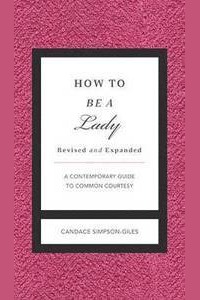
Liknande böcker
The Ladies' Etiquette Handbook : The Importance of Being Refined in the 1880s
Bok av David E Schoonover
Prior to the late 19th century, most Americans viewed dining as a unitarian duty characterized by common ""meat and potato"" dishes and complemented by little, if any, polite conversation. With the boom in industrialism and the sudden growth of the middle class in the 1880s, America's interest in social etiquette rose dramatically. Consisting of two separate publications - ""The Ladies' Handbook and Household Assistant"" (1886) and ""Short Hints on Social Etiquette"" (1887) - ""The Ladies' Etiquette Handbook"" can be read as a testament to the growing division between social classes and, at the same time, as a reflection of the middle class' overwhelming desire to cross social lines through the graces of fine etiquette. Written by a Methodist women's church group in Manchester, New Hampshire, ""The Ladies' Handbook and Household Assistant"" provides advice on subjects such as church etiquette and the proper handling of cutlery as well as recipes for the socially active household. ""Short Hints on Social Etiquette"", published as a promotional piece by a Philadelphia soap manufacturer - including descriptions of lavish meals, advice on proper word pronunciation, and illustrations of tasteful calling cards - strives to bring ""aristocratic"" values into the ""republican"" home. The foreword by Kenneth Cmiel, professor of history at the University of Iowa, provides an overview of the historic and social trends leading up to the publication of both handbooks and traces the creation and ultimate development of modern social etiquette.







